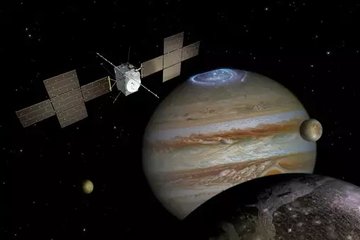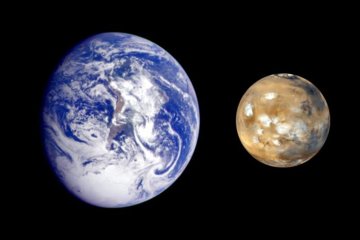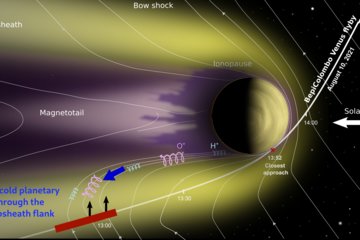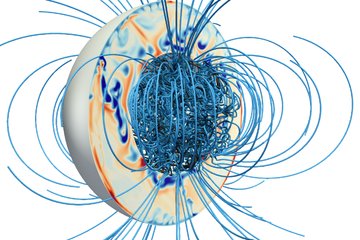Cluster II: Mission to the Earth's Magnetosphere

The Launch
The first pair of Cluster satellites was successfully launched July 16, 2000. The Second pair was successfully launched August 9, 2000. (More information on the launch can be found here.)
The Mission
Cluster is an ambitious 4-spacecraft mission to Earth's magnetosphere and beyond. After more than ten years of planning, constructing, testing, assembling it was launched on June 4, 1996, only to be destroyed less than a minute later when the Ariane 5 launch vehicle failed so spectacularly.
The scientific importance of the mission and the determination of all the participants led to a follow-up mission as a replication of the original. Initially named Cluster II, it reverted to the simple designation "Cluster" once it was launched mid-2000.
The Mission is now in its final extension; the first of the 4 satellites will reenter in September 2024, at which time all payload operations on the remaining satellites will cease. Post-operations (recalibrations, documentation refinement, final archiving) will continue until March 2026.
The next reentry will occur in November 2025; the last two Clusters will reenter August 2026, the final end of the Cluster Mission.
Cluster is a cornerstone mission of the European Space Agency.
Objectives
The Cluster mission, consisting of four identical spacecraft flying in formation between 25000 and 125000 km above the Earth, will study the planet's magnetic field and electric surroundings in three dimensions. In particular, it will be looking at the effects of the solar wind, the hot wave of energy produced by the Sun, which buffets Earth's protective magnetosphere. This wind often breaks through at the poles, producing auroras. Cluster will examine this phenomenon, along with several others associated with the solar wind.
The Spacecraft
Each of the Cluster spacecraft carries an identical set of 11 instruments. These are designed to detect electric and magnetic fields, various electric and magnetic waves, as well as electrons and charged atoms. The satellites fly in a tetrahedral (triangular pyramid) formation, and the data they collect allow scientists to build a three-dimensional model of all the processes at work in the Earth's immediate space environment. This should provide insights into the influence of the Sun on the Earth environment.












